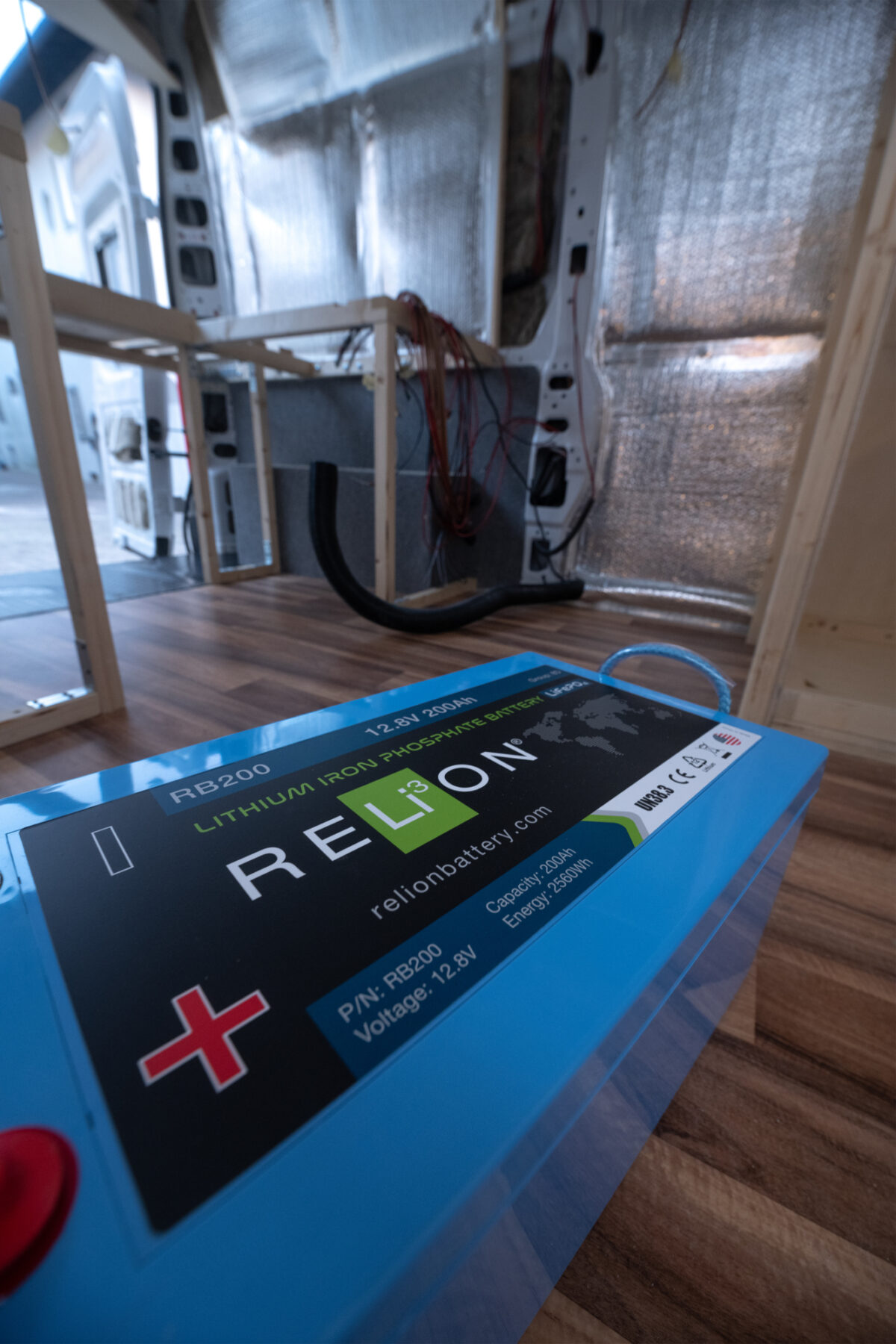There are many factors to keep in mind when discussing charging - how to charge, what charger is necessary, and more. To ensure your RELiON LiFePO4 battery achieves its maximum life, follow these simple charging instructions from our Power Pros. It’s important to note that when charging LiFePO4, ensure that you are not using a charger meant for other lithium-ion chemistries, which are typically set to a higher voltage than required by LiFePO4 batteries. A lead-acid battery charger can be used if the voltage settings are within the ranges of LiFePO4 batteries.
When to Charge Your LiFePO4 Battery
If your RELiON LiFePO4 batteries are not fully discharged, they do not need to be charged after each use, since LiFePO4 batteries do not get damaged when left in a partial state of charge (PSOC). You can charge your LiFePO4 batteries after each use or when they have been discharged up to 80% depth of discharge (DOD) or 20% state of charge (SOC). If the Battery Management System (BMS) disconnects the battery due to low voltage (voltage will be <8V), remove the load and charge immediately. We recommend storing batteries at 50% state of charge (SOC) to minimize irreversible capacity loss.

Charging Temperature
LiFePO4 batteries can be safely charged at the full rate stated on their data sheet between 0°C and 55°C (32°F to 131°F). When charging between 0°C (32°F) and -10°C (14°F), charge current must be reduced to .1C. When charging between -10°C (14°F) and -20°C (charge current must be reduced to .05C. All RELiON LiFePO4 batteries come with a BMS that protects the battery from over-temperature. If the BMS disconnects due to high temperature, wait until the temperature reduces before using or charging the battery again. Please refer to your specific battery’s Data Sheet for the BMS high-temperature cut-off and reconnect values.

Charging Parallel and Series Systems
When connecting batteries in parallel or series, make sure each battery is within 50mV (0.05V) of each other before putting them in service. This will minimize the chance of imbalance between batteries. If your batteries get out of balance in series and the voltage of any battery is >50mV (0.05V) from another battery in the set, you should charge each battery individually to rebalance. Additionally, you can charge each battery individually periodically to avoid imbalance. When charging LiFePO4 batteries in series, it is best to use a multi-bank charger that charges each battery individually to ensure the cells remain balanced.
Charging Source: Inverter/Charger and/or Charge Controller
Below are the key, typical charger inputs when using an inverter/charger or charge controller with LiFePO4 batteries. Many inverter/ chargers require additional parameters, with which RELiON technical support can assist. LiFePO4 batteries do not require equalizing or temperature compensation for voltage when charging at hot or cold temperatures.

Charging Source: Alternator and DC-to-DC Chargers
Depending on the quality of the alternator, it may work fine with LiFePO4 batteries. However, low-quality alternators with poor voltage regulation can cause the BMS to disconnect LiFePO4 batteries. If the BMS disconnects the batteries, the alternator may be damaged. To protect your LiFePO4 battery and alternator be sure to use a compatible high-quality alternator, one that you can confirm is compatible with LiFePO4 batteries, or install a voltage regulator. You can also use a DC-to-DC charger to safely and effectively charge your batteries including house banks.
Fuel Gauges
If you are using a voltage-based fuel gauge that is designed for lead-acid batteries, it will not accurately display your batteries’ state of charge (SOC). It is best to replace your fuel gauge with one that measures current rather than voltage.
For more information about charging our batteries, visit RELiON’s Charging page. Have other charging questions? Contact us and one of our tech experts will be happy to help.